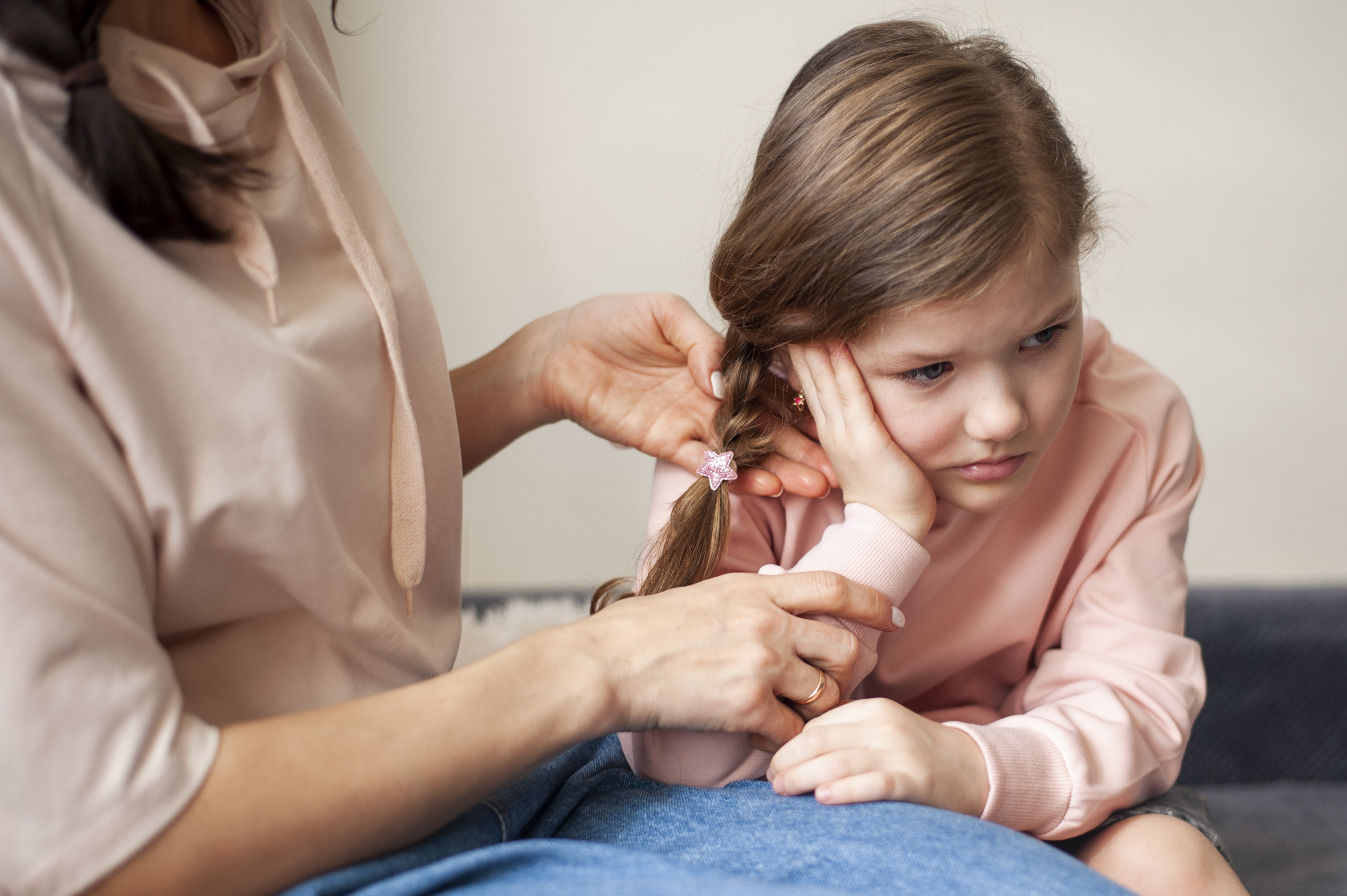Blog Detail Page
How To Reduce Stimming In Children?
Admin
Dr.Poova's
13

Stimming, or self-stimulatory behavior, is a common behavior in children with autism and other developmental disorders. Stimming can involve repetitive movements such as hand flapping, spinning, rocking, or tapping. While stimming is a way for children to regulate their emotions and sensory input, excessive stimming can interfere with learning and socialization. In this blog, we'll explore strategies to help reduce stimming in children.
1.Understand the function of stimming: Before attempting to reduce stimming, it's important to understand why the child is engaging in the behavior. For some children, stimming may be a way to self-soothe or reduce anxiety. For others, it may be a way to cope with sensory overload. Once you understand the function of stimming, you can better address the underlying need and identify alternative coping strategies.
2.Provide sensory alternatives: Providing sensory alternatives can help reduce the need for stimming. Sensory alternatives can include fidget toys, chew toys, weighted blankets, or headphones to block out noise. These alternatives provide sensory input in a more socially acceptable way and can help reduce the need for stimming.
3.Teach self-regulation skills: Teaching self-regulation skills can help children learn to manage their emotions and sensory input without resorting to stimming. Deep breathing exercises, mindfulness techniques, and sensory breaks can all be effective in helping children regulate their emotions and sensory input.
4.Use visual supports: Visual supports can be helpful in reducing stimming by providing children with a visual cue to help them understand what behavior is expected. Visual supports can include social stories, picture schedules, or visual timers. These supports can also help reduce anxiety by providing a predictable routine and clear expectations.
5.Provide opportunities for sensory input: Providing opportunities for sensory input can help reduce the need for stimming. Activities such as swinging, jumping on a trampoline, or playing with sensory toys can provide sensory input in a more socially acceptable way.
6.Seek professional support: If stimming is interfering with the child's learning or socialization, it may be helpful to seek professional support. Occupational therapists, behavioral therapists, and speech therapists can all provide strategies to help reduce stimming and promote socialization and learning.
In conclusion, reducing stimming in children can be challenging, but with patience, understanding, and support, it is possible to help children develop alternative coping strategies and improve their socialization and learning. By providing sensory alternatives, teaching self-regulation skills, using visual supports, providing opportunities for sensory input, and seeking professional support when needed, parents and caregivers can help reduce stimming and promote healthy development in children.


